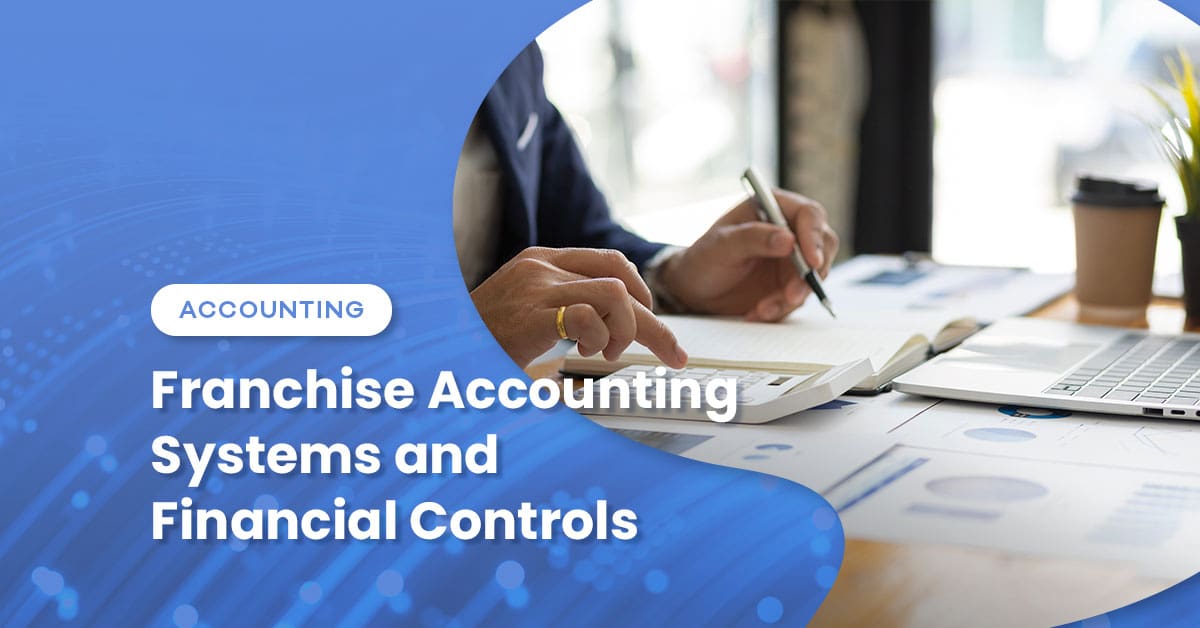By: Jarred Liscio
The weather is warmer and vacations are beginning to be planned, that’s right: summer is almost here. But there is another season that is right around the corner as well, and that is budget season, which usually starts around early autumn. There are several topics we can (and will) cover as we begin to think about this year’s budget time, but in this article we are going to focus on why you should build your budget model bottoms up.
Broadly speaking, a budget model, or any financial model, can be built in two ways: top down or bottoms up. A top down forecast is built at a much higher level. Management may take into account broader trends and macro factors to project out financial details such as revenue and costs. From there they can try and backfill all components of revenue, but often this step is overlooked and we are just left with an income statement. In some cases, this may be the preferred method, especially if management has a firm grasp on the market and is able to accurately predict future performance.
Using a Bottoms Up Model
However, in the context of preparing a company’s budget, a bottoms up model is often the best practice. A bottoms up model is built by starting with more granular company data, and then working ‘up’ to revenue and costs. This often consists of trying to establish the various product lines/services, as well as their pricing levels, to build up to revenue. For example, a digital marketing agency might sell leads at different tier levels and varying cost. They may build their revenue forecast by anticipating how many of these different leads will be sold and multiplying them by their respective price points.
After doing a bottoms up build of revenue, the focus can then shift to understanding expenses. The level of detail may vary based on the nature of the underlying expense item and its predictability based on its relationship to revenue. A detailed income statement budget then leads nicely into a budgeted balance sheet and ultimately a statement of cash flows. Overlooking these two additional financial statements can result in surprises later in the year. For example, there could be working capital increases that drain cash or a large capital expenditure project that will not have an income statement impact until future years.
When partnering with a financial professional from Wiss, we take the time to work with the various teams throughout the company to understand the key drivers of the business and which factors contribute to revenue, costs, and cash flows. It is a very collaborative process and requires input from multiple stakeholders across the organization. This allows us to build a clean and intuitive bottoms up model that takes into account the company’s day to day operations.
Taking the time to understand the business drivers and prepare a company’s budget bottoms up has numerous value adding benefits:
- Meaningful benchmarking throughout the year: the budget will be referred to throughout the upcoming year. If the business falls short of their budgeted financial goals, management has the ability to dig deeper and see if it was a function of not selling enough of their product, if pricing is coming in softer than anticipated, or a host of other potential factors. If the business exceeds, management has the ability to figure out the root cause which could result in finding opportunities to keep that positive momentum going.
- It is in the same language as those running the business: On a daily basis, business unit leaders are most concerned with running company operations. By building the budget bottoms up, the relationship between those daily operations and financial performance is concretely established, allowing everyone to contribute to the planning discussion. This will also improve buy-in from key stakeholders and a more collaborative effort to achieve company goals.
- Can quantify how future strategic initiatives will influence both operations and financials: Often major strategic initiatives are theoretical in nature and difficult to gauge a fair estimate. But a well put together bottoms up model allows us to concretely view how large changes will impact the business’s resources and future performance.
A bottoms up budget model allows management to have a more thorough understanding of the business and will serve as a valuable reference throughout the year to accurately assess performance. The skilled financial team at Wiss helps their clients build robust annual budgets that can help all business stakeholders drive their company forward into the new year.

 Previous
Previous






